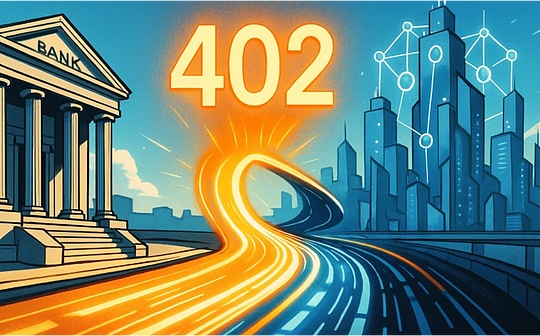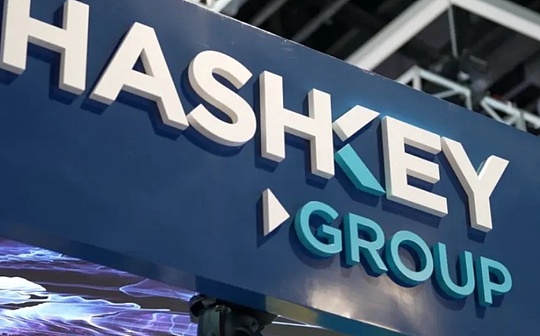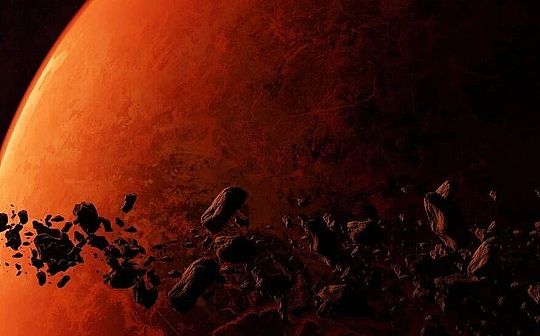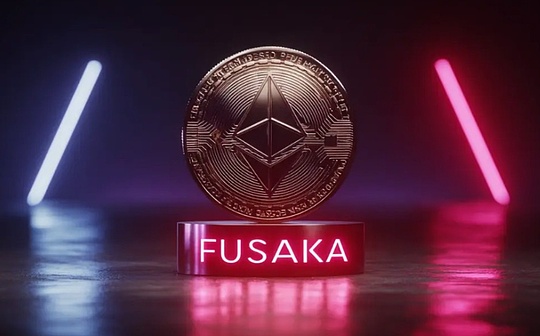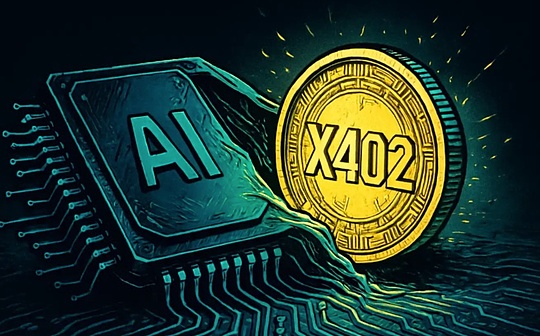
Source: Blockchain
>Previous articleAmong, we introduced Bitcoin in Bitcoin Layer2Side chainandUTXO+client verification, Today we will introduce the remaining two, rollupAnd taproot consensus.
01Rollup
Rollup was originally a Layer2 expansion solution on Ethereum to improve the performance and throughput of the blockchain network. Rollup was migrated to the chain by migrating most transaction data and calculations.Information, thereby reducing the burden of the main chain and improving the overall performance.RollupThe core idea is to combine the security on the chain with the efficiency of the chain.
There are some challenges and restrictions on the Rollup solution on BitcoinEssenceBitcoin itself does not support intelligent contract verification, so the introduction of the Rollup scheme on Bitcoin needs to be verified in other ways.For example, the client verification or self -built DA layer.This leads to the high security of the Bitcoin Layer2 project on client verification or self -built DA layers, not the safety of Bitcoin itself.
In addition, the native nature of Bitcoin is not matched with the essence of the Rollup solutionBecause the Rollup solution mainly comes from the second -layer solution of Ethereum, and is designed for the characteristics of Ethereum.Bitcoin only acts as the role of a certificate and does not participate in the verification process, so there is a certain difference in nativeness with the Rollup solution.
In addition, the Rollup solution also has challenges in terms of decentralization of Bitcoin Layer2.It involves asset management and decentralization of the second -layer ledger.At present, most of the sorter nodes of Ethereum are centralized and run by the Layer2 project party themselves. This also makes the Bitcoin Layer2 project facing some problems in decentralization.
Although the ROLLUP scheme is technically feasible to implement the ROLLUP solution on Bitcoin, it faces the challenges of Bitcoin’s nativeness, decentralization, and security.At present, the BTC Layer2 project on the market also has different degrees of defects and restrictions. Therefore, further development and verification of the development and wide adoption of such projects are still required.Next, talk about some of these representative projects:
Merlin Chain

Merlin Chain is a Bitcoin Layer2 solution that integrates ZK Rollup network, decentralized prophecy and BTC anti -fraud module on the chainEssenceMerlin Chain’s goal is to improve the efficiency and scalability of Bitcoin transactions and make the Bitcoin ecosystem more active.Merlin Chain uses ZK-Rollup technology to compress a large number of transaction certifications to improve transaction efficiency and scalability.
On Merlin Chain, the sorter node is responsible for collecting and batch transactions, and generate compressed transaction data, ZK status roots and ZKEVM proof.The compressed transaction data and ZK proved that the past centralized Oracle network was uploaded to Taproot on the Layer1 layer of Bitcoin.Taproot is used as a public resources for the entire network to ensure transparency and security.
Although Merlin Chain has been criticized by everyone, from the perspective of ecological and community activity and the degree of landing, Merlin Chain is the most popular BTC Layer2. At present, the amount of locking funds is more than 3.5 billion U.S. dollars.
B² network

B² Network uses the technology of zero -knowledge proof and ZK Rollup to improve the performance and scalability of the Bitcoin network, and is compatible with Ethereum’s smart contract function.The scheme records the transaction data and verification certification on the Bitcoin main network, and ensures the correctness of the data through a challenge-response mechanism.
The architecture of B² Network includes two main parts: the Rollup layer and DA layer.In the Rollup layer, user transactions and related verification certificates are processed and recorded, and the status of the user is also stored at this level.These transactions and verification proves are transmitted to the DA layer for storage and verification.
The DA layer includes decentralized storage, B² nodes and Bitcoin networks.On this layer, the copy of the Rollup data is permanently stored and the verification is proved to be verified.However, because the Bitcoin main network itself cannot directly verify the data of the DA layer,B² Network uses a special method that writes the verification of the verification of the summary (Community) to the Bitcoin main network, and sets a time -locking challenge, similar to OP fraud proof.
The main problem with B² Network is that the Bitcoin’s main network cannot directly verify the data of the DA layer, so you need to use the challenge-response mechanism to solve this problem, which may affect the decentralized nature and security of the system.
B² Network recently launched B² Hub, which will provide services for other ZK Rollup and provide data available layer (DA) function.In addition, strategic cooperation with Babylon achieves RESTAKING and LSD functions of BTC Layer2.
Bison

BISON is a Bitcoin -based native ZK Rollup solution, which aims to improve trading speed and achieve advanced features on the Bitcoin network.Developers can use ZK Rollup to build an innovative DEFI solution, such as DEX/CEX, borrowing service and automation as a city merchant.Unlike other Layer2 solutions, the Ethereum virtual machine (EVM),BISON uses Cario VM (the same as Starknet) and mainly builds ecological construction around the inscription.
In terms of technical solutions, Bison is still the sovereign Rollup, which is verified by its own node.The DA (Dispute Assistant) only preserved and publicized the verification results in the form of inscriptions to the Bitcoin main network, and it cannot fully inherit the value of Bitcoin.
Whether BISON can develop in the future can be said to be closely related to the inscription ecology.
02Taproot consensus
Taproot Consensus is a Layer2 solution based on Bitcoin native technology.It includes three core components: SCHNORR SIGNATURE, MAST Contract, and SPV Node Network.
Schnorr Signature is a bitcoin signature algorithm with better privacy protectionSchnorr Signature allows Bitcoin to expand to 1,000 more addresses to achieve decentralization of multi -signal address.
Mast Contract provides the codeization of multiple signing management, does not rely on people to sign, but relies on code driving.
SPV Node Network is composed of Bitcoin light nodes, allowing users to easily and safely verify Bitcoin payment without saving complete blockchain data.
Taproot Consensus realized that the Bitcoin light node network consensus was driven to drive more signatures, realizing decentralized Bitcoin cross -chain and management.
After turning the information, Taproot Consensus should be regarded as the new two -story track of the BEVM project party, so the only project is themselves.
Representative project: BEVM

BEVM is Bitcoin Layer2 with BTC as GAS and compatible with EVM. The goal is to improve the scalability of Bitcoin, reduce transaction costs, and cultivate a more secure and decentralized financial ecosystem.
The core design of BEVM is based on the Taproot upgrade of BTC 2021. Use Musig2 aggregation signature algorithm to achieve decentralized BTC cross chain.The centralized asset network handles the transfer of BTC assets through this network, thereby ensuring asset security on BTC Layer2;BEVM is completely compatible with EVM, EVM ecology can run DEFI, Gamefi and other applications can be seamlessly migrated to Bitcoin Layer2Users can directly use BEVM ecological applications in mainstream encryption wallets (such as Metamask, OK Wallet, etc.).
At the end of last month, BEVM completed the financing of 10 million US dollars, with a valuation of 200 million after investment. Recently, BEVM cooperated with BN wallet to launch cooperation activities.
03summary
The above is the progress of the mainstream project of Bitcoin Layer2.The development of Ethereum Layer2 is very similar.In order to achieve the goal, there will be a certain compromise in some aspects.
In addition, there is also a problem, that is, the current domestic and foreign institutions, the support projects are different. The two parties do not buy each other. They belong to their own state. Relatively speaking, they are relatively split.




